Needless to say, video production is currently a bit different than what it was a couple months ago. As a reflection of this, we were recently asked for the first time to participate in a video production with Zoom.
Reach Out and Read (ROR) is an organization we’ve enjoyed working with on several occasions. They partner with pediatricians in an effort to educate families on the value of parents reading to their children. Reading to children is an opportunity for learning, of course, but it also strengthens the emotional bond between children (as young as newborns) and their parents or guardians.
For this video, ROR wanted to demonstrate how such a conversation might unfold between a provider and a mother in a tele-health visit. Below are a few of the things we learned from our virtual production.
By definition, Zoom video is going to be kind of mediocre. Having participated in many of them at this point, however, we know that it can be improved if your subject happens to have a separate HD webcam that’s a notch above the typical computer camera, and/or a simple light to brighten things a bit.
Assuming that most folks will be using existing light, rather than something designed for video, here are the light sources to seek out, in order of preference:
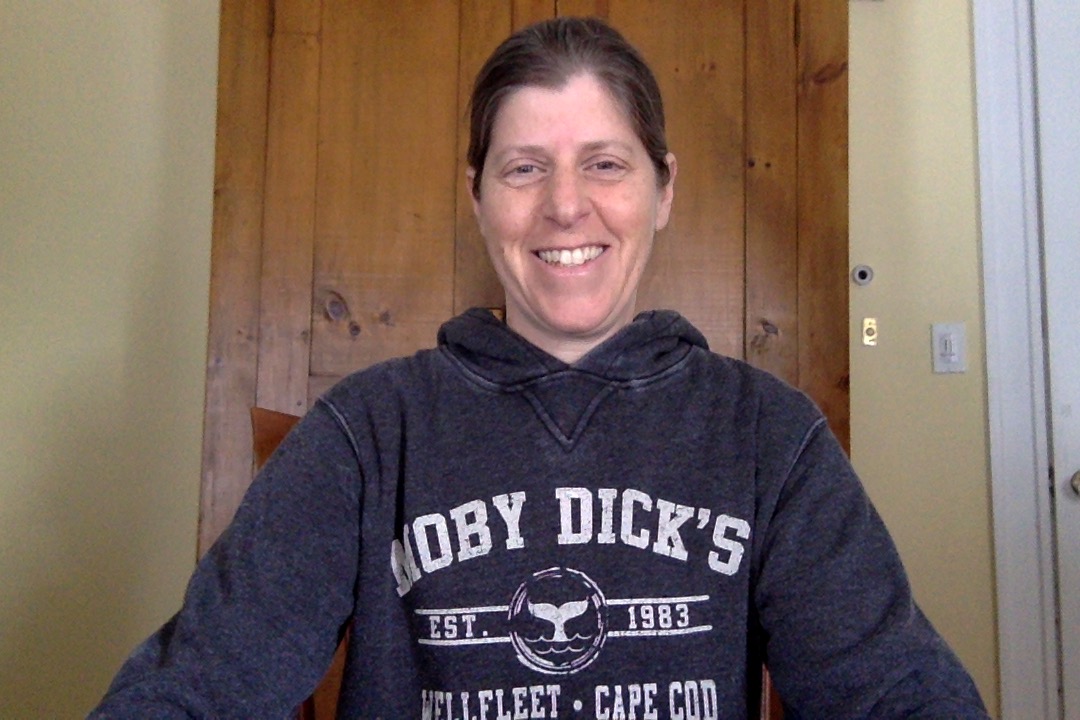
Daylight only, and from the front…delightful.
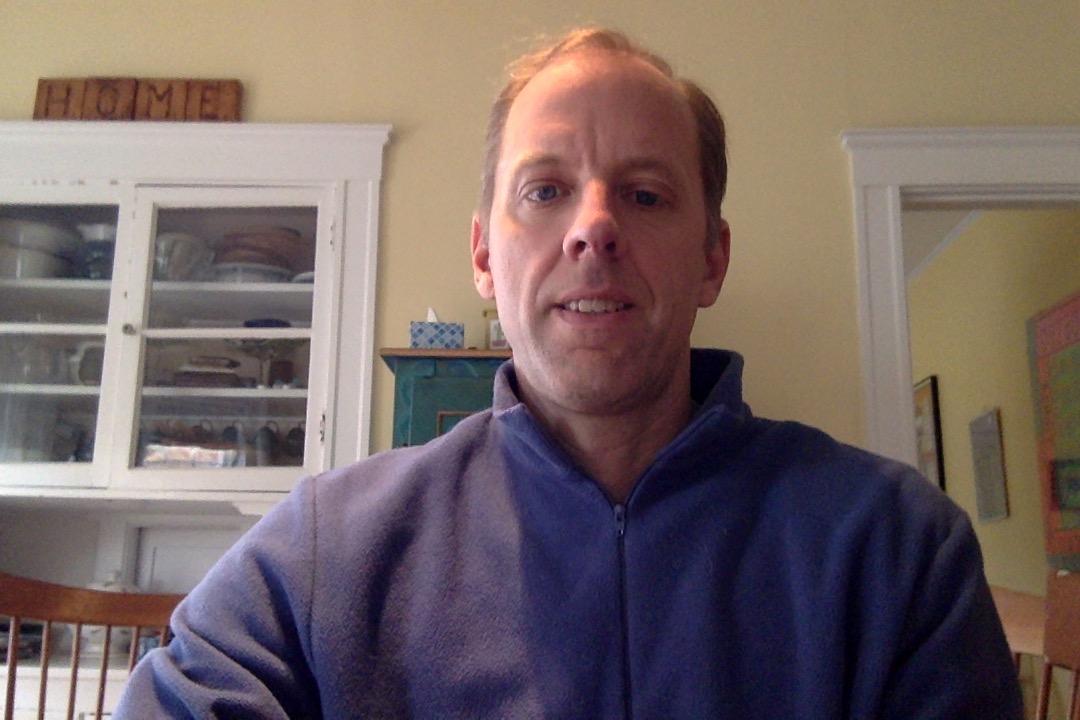
Blue daylight from the side mixed with yellow ceiling light that reflects off a big forehead…no thanks!
Zoom does allow the host of the meeting to control who is visible on camera and who isn’t. This was definitely helpful, as it allowed the “directors” to remain off-camera but still observe what was going on.
For those off-screen, remember to mute your audio during the action!
Our production conditions made things a little more complicated because we had three children who, no surprise, weren’t keen to sit quietly for the duration of filming. This made editing a bit more challenging, but to give me greater flexibility, we recorded three different “camera angles”:
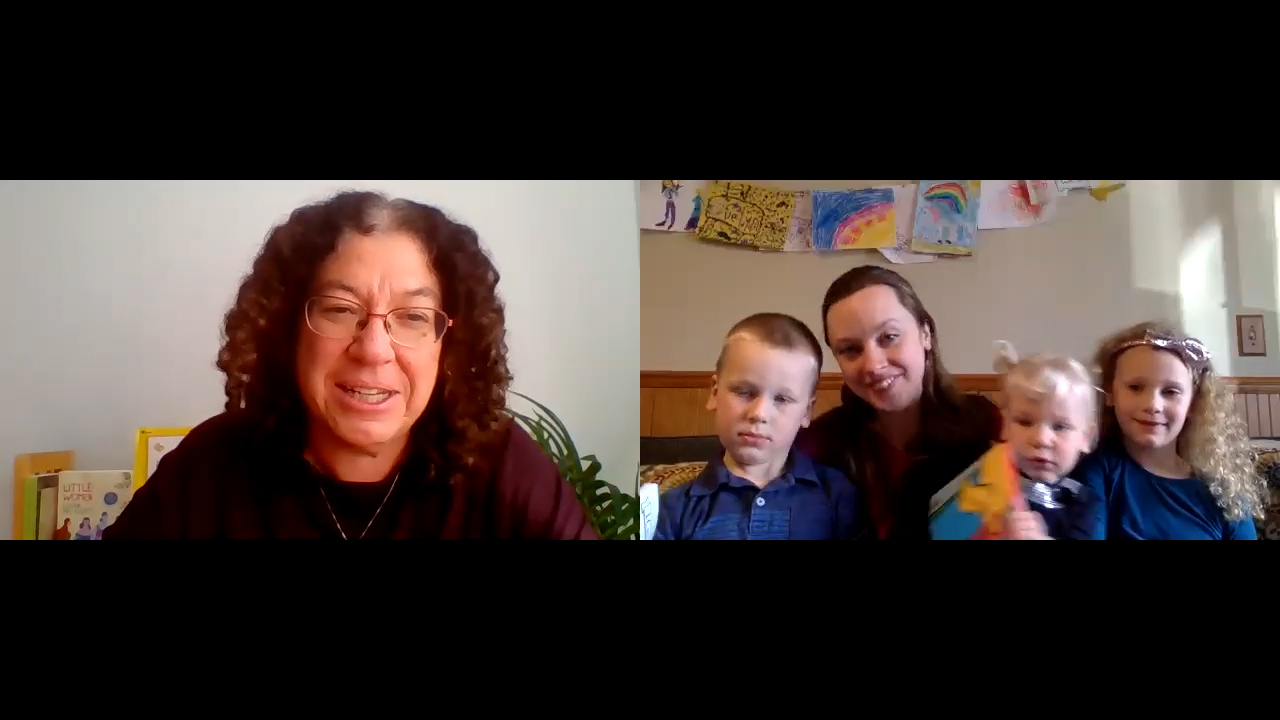
Gallery View
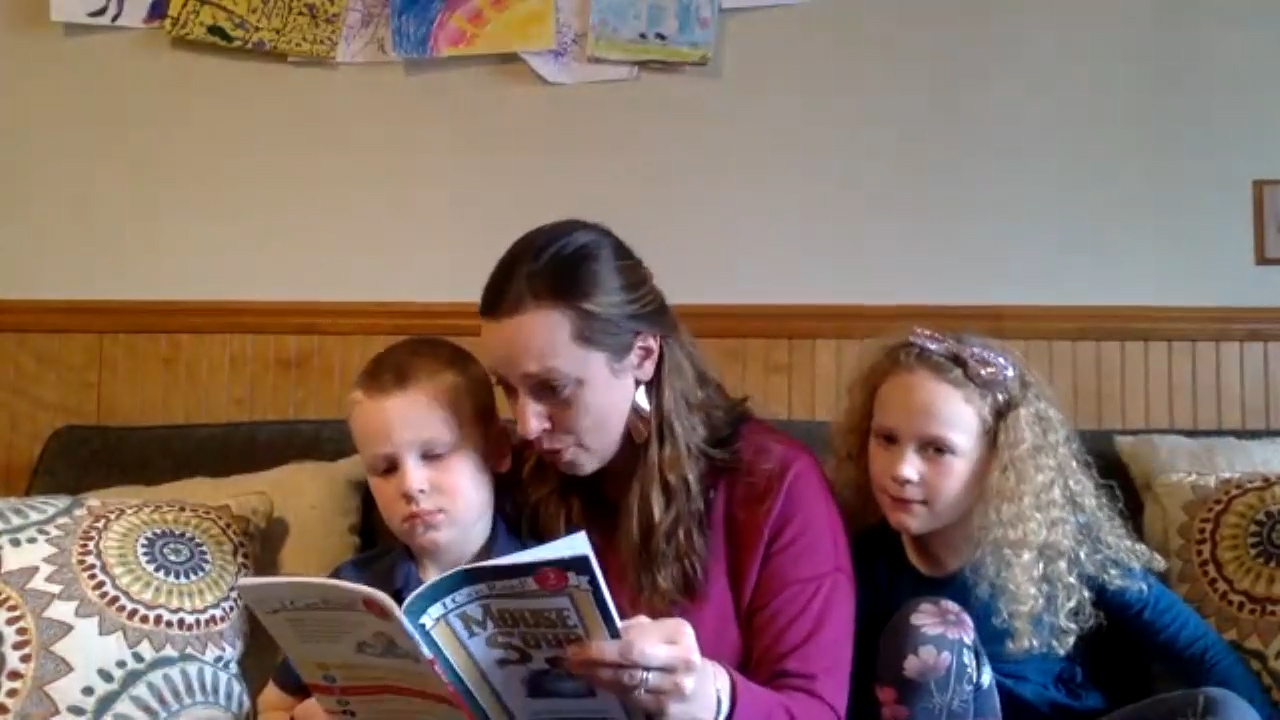
Speaker View
Run the second camera continuously. Recognizing that my Zoom footage would be running without interruption, I asked Dad to turn on his camera at the beginning of the session and then just record everything nonstop. This made editing a lot less complicated.
In addition, I instructed Dad to record from a variety of angles. The two most helpful are:
You could also film from the front, facing your subjects, but that likely won’t be as valuable, as it basically mimics the angle you’re already getting with your Zoom footage.
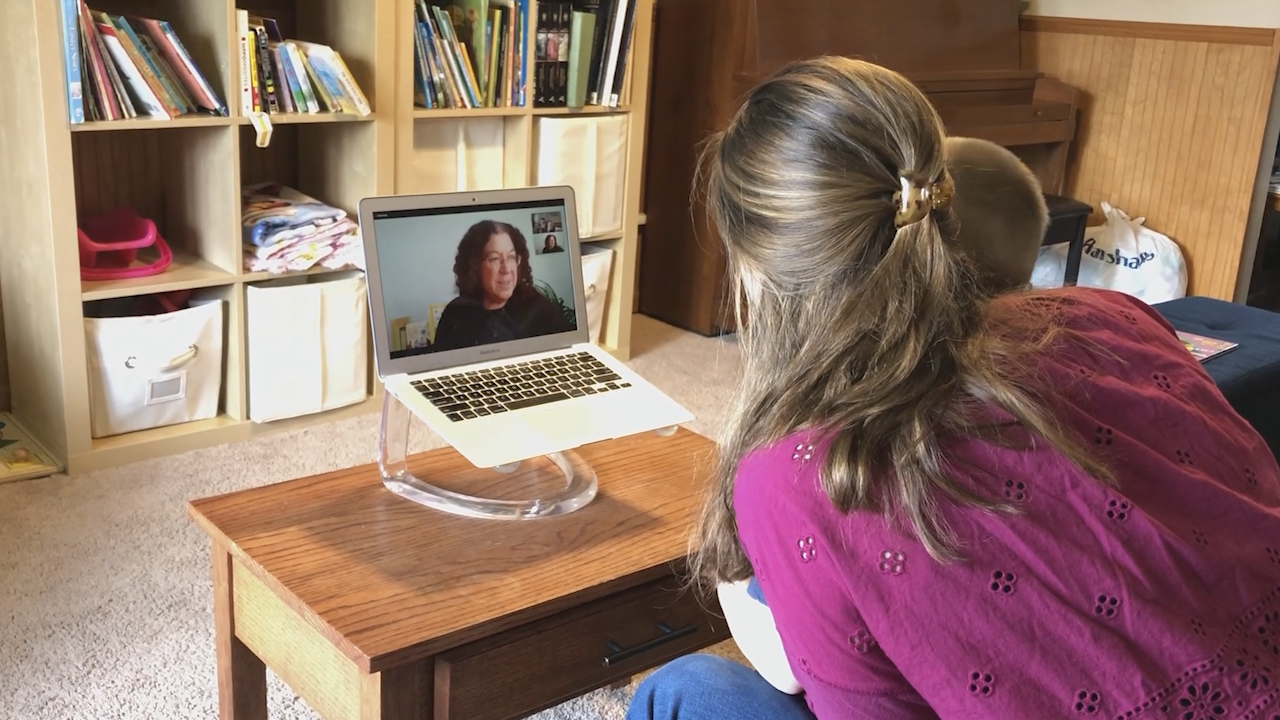
Dad’s effective over-the-shoulder shot
Keep in mind that Zoom really can only get good audio from one source. There were several occasions when our pediatrician was saying something, but there was chatter on the family side and her audio dropped out as a result. Assuming you aren’t trying to direct children (over whom you have less control!), tell your actors to avoid speaking over one another. This is relevant to “regular” video production too, but even more important with a Zoom recording.
ROR also had some of its own takeaways from its first experience in video production with Zoom:
1. Having a preliminary Zoom visit is key. There is always some advance prep with any regular production, of course, but it becomes even more important when the production is virtual. Not being together in person hinders everything, so having a meeting with all of us before the filming day – Reflection Films, ROR, Main Actor Mom and Second Camera Dad – was very important to sort out logistics early and to make filming itself more efficient.
2. Recognize that the constantly rolling camera affects both talent and directors. With the camera running non-stop, everyone is just more self-conscious that all words and actions are being recorded.
3. Know that editing takes longer. Since Zoom captures everything – the “action,” the direction and the conversations in between – there’s more material to sift out, so editing requires more time.